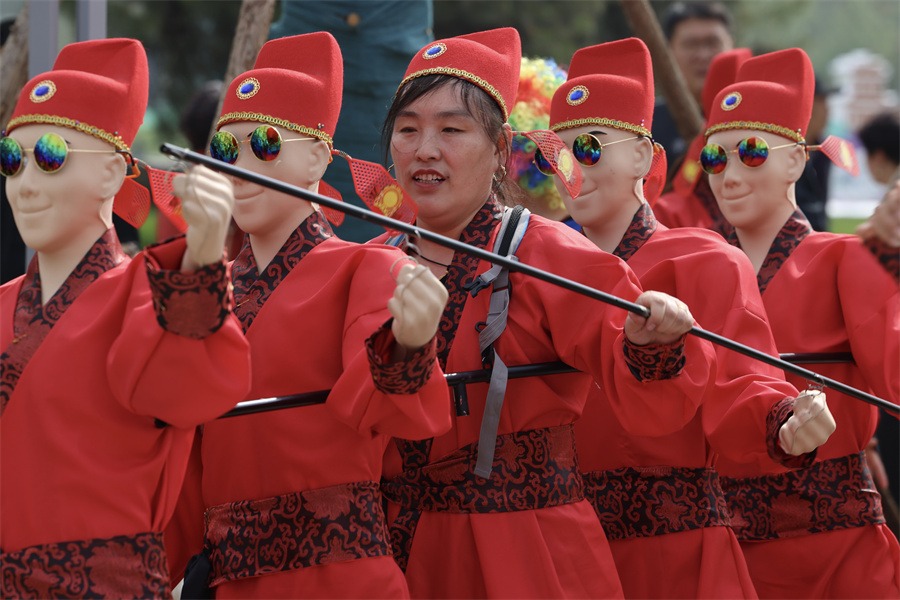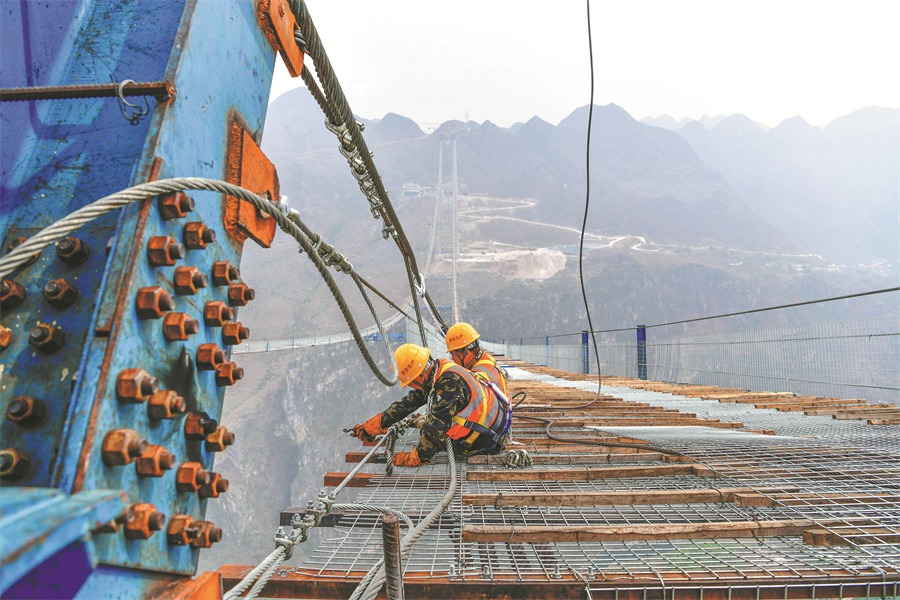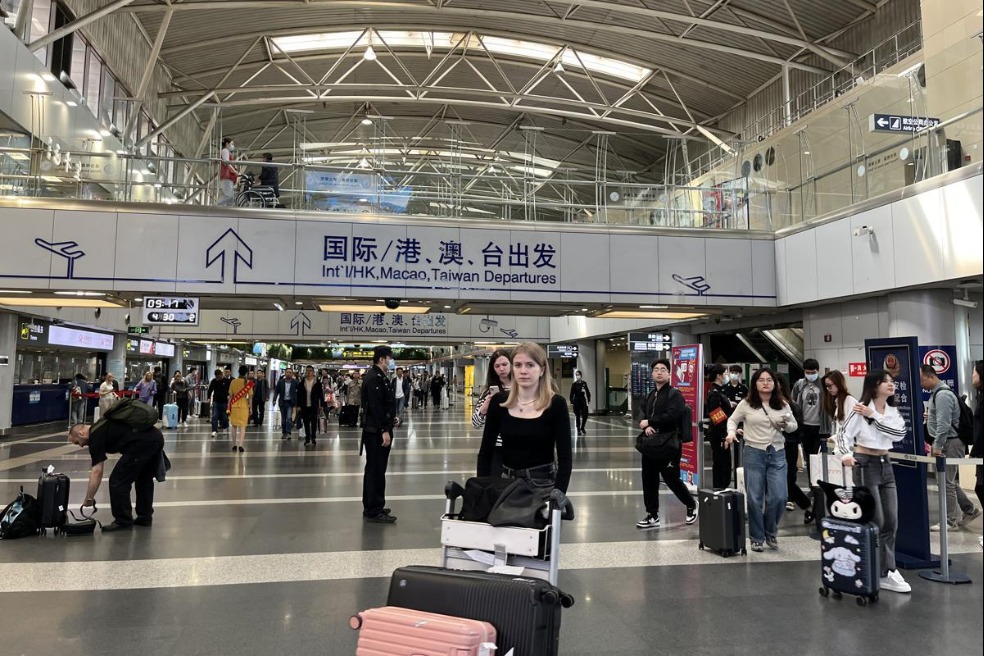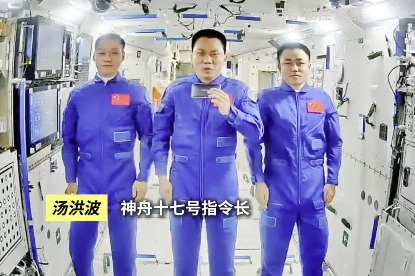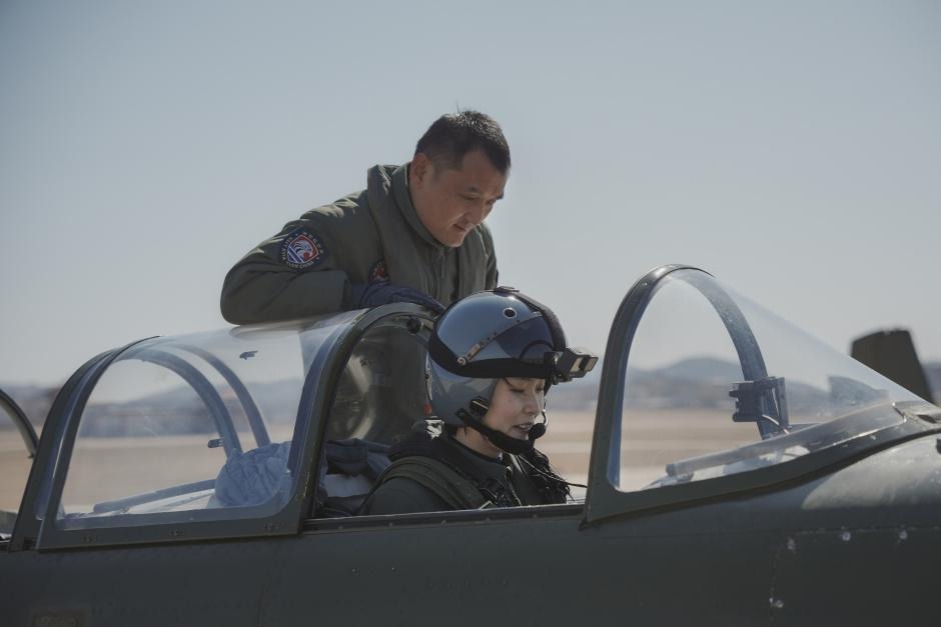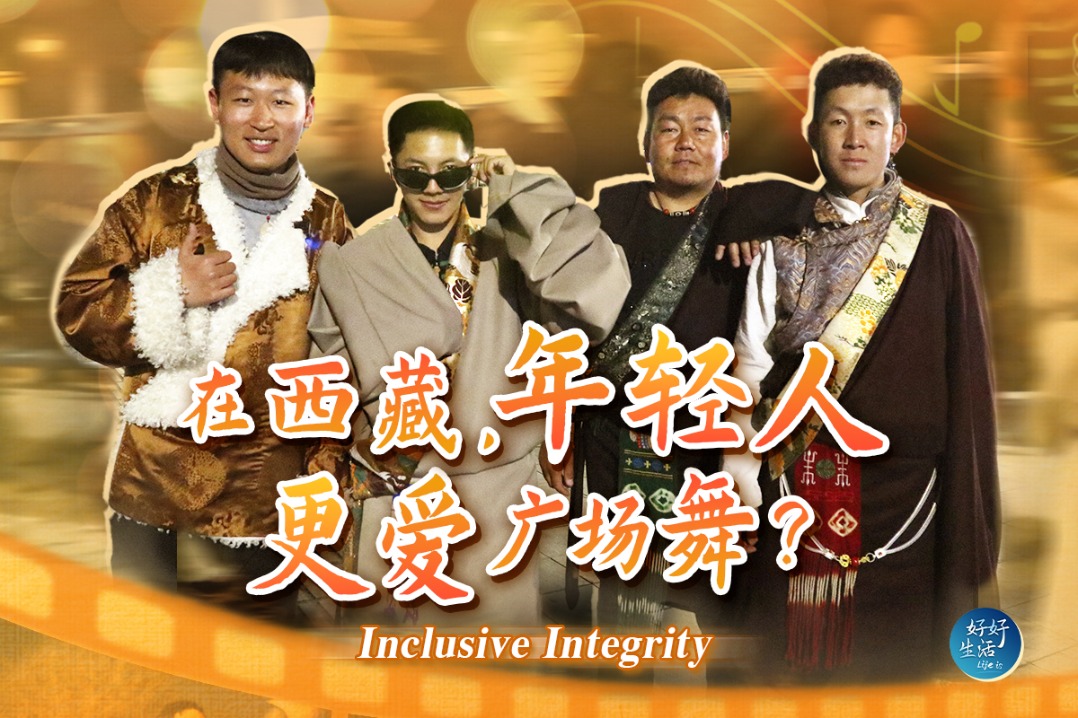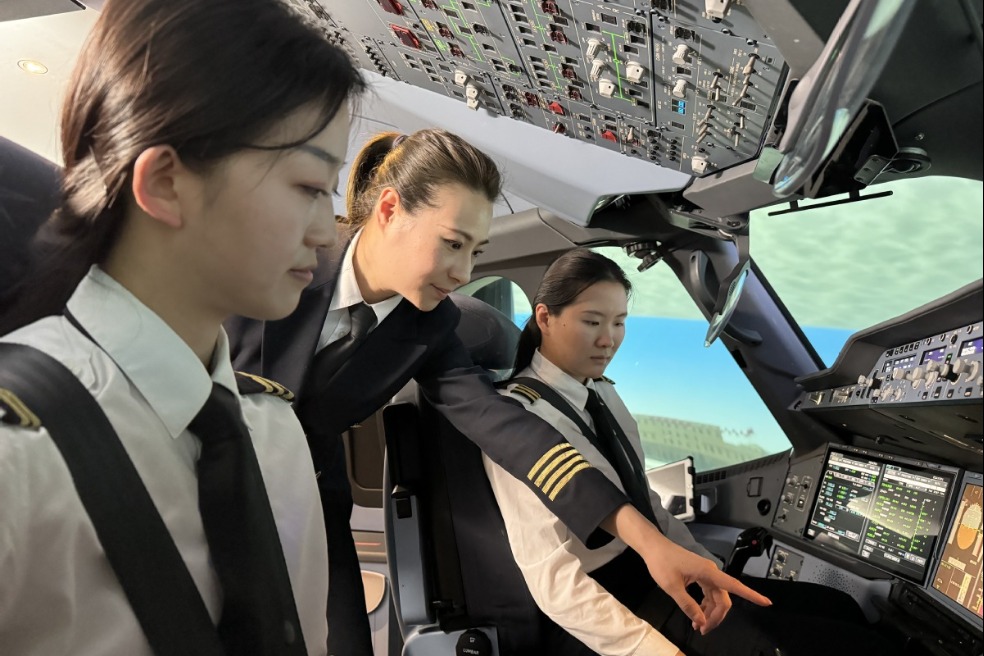Innovations help maintain balance between tourism and safeguarding relics


Administrators of the Mogao Caves in Dunhuang, Gansu province, are striving to harmonize tourists' exploration of the site with the need to safeguard murals and artifacts, through innovative measures such as digital presentations.
Sandstorms, rainfall and tourist visits constitute the most severe threats to the UNESCO World Heritage Site, said Wang Xiaowei, director of the Dunhuang Grottoes Monitoring Center at the Dunhuang Academy.
Since the Mogao Caves opened to the public in 1979, the number of visitors has been growing at an average annual rate of around 20 percent, reaching 2.15 million in 2019 before the outbreak of the COVID-19 pandemic. This year, the site is expected to receive a record 3 million visitors.
"If you enter the caves during the peak tourism months of July, August and September you'll find it hard to breathe," Wang said. The carbon dioxide and moisture exhaled by visitors accumulate inside the caves and cause damage to the murals, Wang said.
To preserve the caves, the duration of visits is limited and sometimes stopped during rain or dust storms. To try and ensure visitors aren't disappointed when restrictions are in place, the center provides a digital exhibition, he said.
Currently, the center is being expanded to cater for an additional 3,000 visitors on top of the existing capacity of 6,000.
The Dunhuang Academy began digitally recording and storing images of murals and painted sculptures over 30 years ago. The digitization project has successfully covered over 200 caves, with a dedicated team of 110 experts currently undertaking the work.
"Digital technology not only serves cultural tourism but also leaves behind a historical record for future generations," said Ding Xiaosheng, deputy director of the Institute of Cultural Heritage Digitization at the academy.
Digitization also brings the wonders of the Mogao Caves to a global audience, according to Su Bomin, head of the Dunhuang Academy.
"The Mogao Caves are immovable, and transporting them is impossible," Su said. "However, with digitization, we can perfectly replicate Dunhuang art and showcase it worldwide, introducing Eastern culture to the world."
In 2016, the Digital Dunhuang repository went live, sharing high-definition images and panoramic tours of the most exquisite 30 caves globally. Currently, visitors from 78 countries have accessed the repository, totaling over 16.8 million visits.
Su said Dunhuang can provide diverse cultural exchanges through its cultural relics.
"By digitizing these relics, we enable people worldwide to understand Dunhuang's culture, thereby gaining a deeper appreciation for China's historical commitment to diverse cultural exchanges — that is, an ethos of inclusivity, mutual learning and a shared future," he said.
















